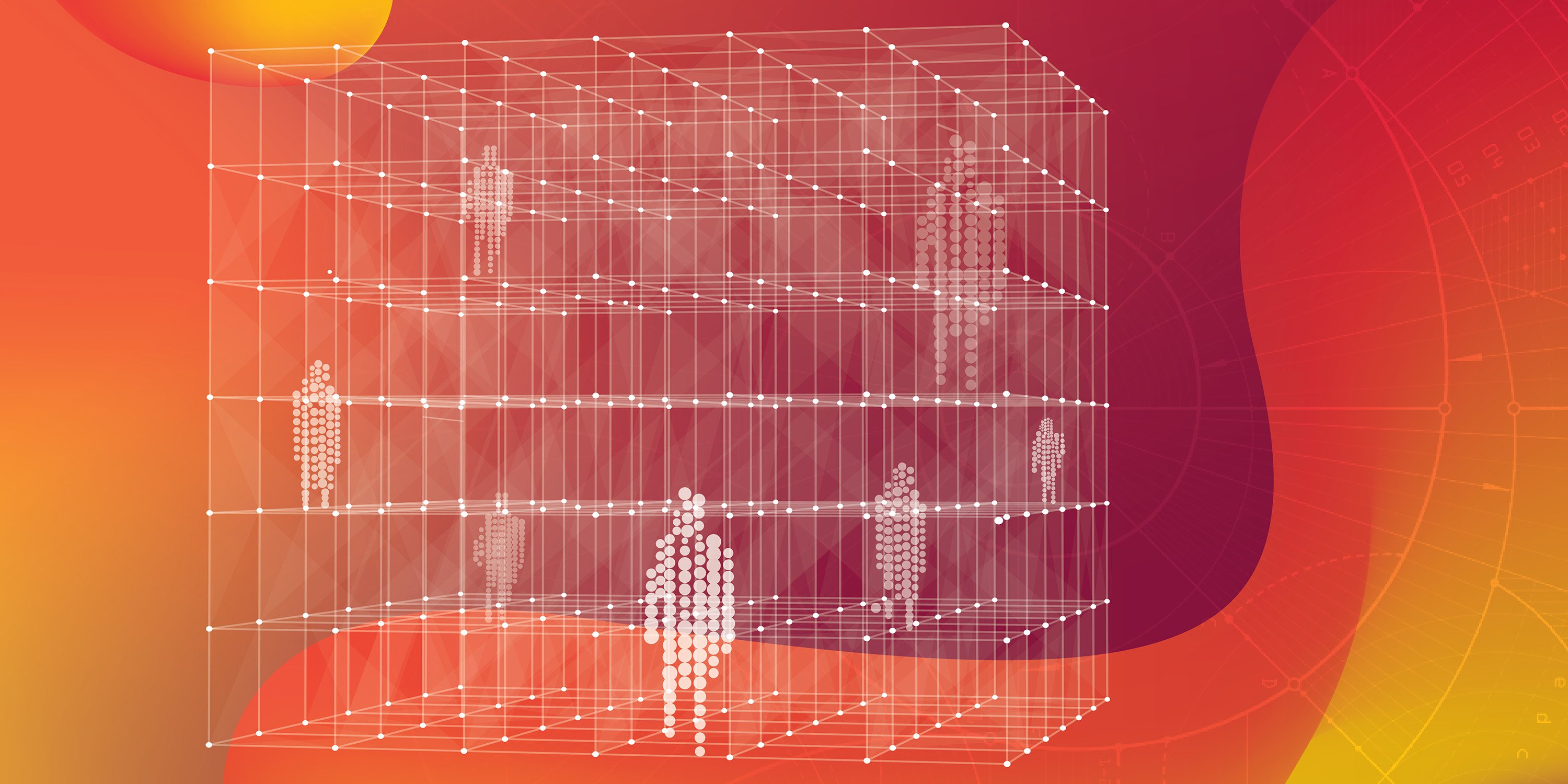
Future
Realising Future Cities
May 27, 2024
The world is undergoing rapid urbanisation, and the future belongs to cities. According to the United Nations, more than two-thirds of the global population will live in cities by 2050. As the population of urban areas increases, cities will have to evolve to accommodate the needs of their residents. Cities, in the future, will be characterised by multiple technological, environmental, and social innovations that will make them more liveable.
At the core of urbansation is the notion that people, and technology play a pivotal role in making cities more intelligent and habitable, fostering a strong sense of connectivity with one another and the environment. Urban innovation is particularly necessary today, as the Internet of Things (IoT) is spearheading a new wave of experimentation, where in the era of smart cities, information and communication technologies capture extraordinary amounts of data and deploy their findings to transform economies, social cohesion, and governance.
Smart City is a term that we hear often, but what does it really mean and how do we make cities smarter? The report Smart at Scale: Cities to Watch, 25 Case Studies Community Paper by the World Economic Forum states that while the parameters that define smart cities are many, a common definition is that a smart city uses new technologies to find efficient and affordable solutions to urban challenges. Some keywords that define the future city are big data analytics, AI, as well as connectivity.
At the core of urbansation is the notion that people, and technology play a pivotal role in making cities more intelligent and habitable, fostering a strong sense of connectivity with one another and the environment. Urban innovation is particularly necessary today, as the Internet of Things (IoT) is spearheading a new wave of experimentation, where in the era of smart cities, information and communication technologies capture extraordinary amounts of data and deploy their findings to transform economies, social cohesion, and governance.
Smart City is a term that we hear often, but what does it really mean and how do we make cities smarter? The report Smart at Scale: Cities to Watch, 25 Case Studies Community Paper by the World Economic Forum states that while the parameters that define smart cities are many, a common definition is that a smart city uses new technologies to find efficient and affordable solutions to urban challenges. Some keywords that define the future city are big data analytics, AI, as well as connectivity.
Future cities will indeed be smart and the benefits to developing smart cities are aplenty and can address challenges that we face such as congestion, burgeoning populations, gaps in infrastructure, limited liveability, vulnerability to climate change, and natural and man-made disasters. Cities are increasingly implementing projects with smart solutions in waste management, traffic congestion, water resource management, smart buildings, efficient use of energy, and renewable energy resources to name a few.
The same report by WEF opines that a city that uses data and digital technologies effectively to plan and manage its core functions becomes more efficient, innovative, inclusive, and resilient. Integrating digital technologies, especially AI, into a city’s systems and services presents new and affordable opportunities for a city to solve its challenges.
Technology alone will not be sufficient. Other aspects of future cities should also include society, mixed-use developments, being sustainable, and being inclusive.Future cities will indeed be smart and the benefits to developing smart cities are aplenty and can address challenges that we face such as congestion, burgeoning populations, gaps in infrastructure, limited liveability, vulnerability to climate change, and natural and man-made disasters. Cities are increasingly implementing projects with smart solutions in waste management, traffic congestion, water resource management, smart buildings, efficient use of energy, and renewable energy resources to name a few.
The same report by WEF opines that a city that uses data and digital technologies effectively to plan and manage its core functions becomes more efficient, innovative, inclusive, and resilient. Integrating digital technologies, especially AI, into a city’s systems and services presents new and affordable opportunities for a city to solve its challenges.
Technology alone will not be sufficient. Other aspects of future cities should also include society, mixed-use developments, being sustainable, and being inclusive.Future cities will indeed be smart and the benefits to developing smart cities are aplenty and can address challenges that we face such as congestion, burgeoning populations, gaps in infrastructure, limited liveability, vulnerability to climate change, and natural and man-made disasters. Cities are increasingly implementing projects with smart solutions in waste management, traffic congestion, water resource management, smart buildings, efficient use of energy, and renewable energy resources to name a few.

If the behaviour of almost every citizen is registered through anonymised data, and 5G technology enables cities to become huge, connected ecosystems, it will be of paramount importance to maximise data value and improve planning and decision-making using AI and data analytics, on the way to a cognitive city. But cities can go even further. Dublin and Singapore, among others, have created Digital Twins – dynamic digital replicas of their physical assets and environments and their interdependencies – for urban planning purposes. These use machine learning to predict future events and trends.
Future cities should not be merely limited to their architecture and people but should also extend to other elements such as healthcare. Cities have a responsibility to create a healthy environment for all, especially the aging population. To make this possible, cities can leverage on digital technologies to develop healthcare ecosystems that are not only focused on diagnosing and treating sickness but also by building infrastructure catered to helping senior citizens live independently and with dignity. This is known as Aging in Place (AIP).
AIP enables older adults to live in a familiar environment and maintain current social networks and interactions with close family members. A way to achieve self-sufficiency amongst the aging population is to have homes and buildings with technology that enables senior citizens to manage their everyday activities.
Future cities should not be merely limited to their architecture and people but should also extend to other elements such as healthcare. Cities have a responsibility to create a healthy environment for all, especially the aging population. To make this possible, cities can leverage on digital technologies to develop healthcare ecosystems that are not only focused on diagnosing and treating sickness but also by building infrastructure catered to helping senior citizens live independently and with dignity. This is known as Aging in Place (AIP).
AIP enables older adults to live in a familiar environment and maintain current social networks and interactions with close family members. A way to achieve self-sufficiency amongst the aging population is to have homes and buildings with technology that enables senior citizens to manage their everyday activities.
Many studies have emphasised the need to use information and communications technologies to provide appropriately designed living environments for older adults fitted with sensors and voice-activated services. Such an environment combines modern computing, networking, and smart and innovative devices by helping users to communicate with others through special interfaces.
To surmise, the CEO of ThoughtLab, Lou Celi, told Cities Today that cities need to become future-ready to meet the fast-changing expectations of citizens for more digital, inclusive and sustainable urban environments that can accommodate shifts in how city-dwellers will live, work, shop and travel. He also added that presently the cities that are most future-ready have five things in common: they extract more value from data, build broader ecosystems of partners, nurture citizen engagement and trust, proactively protect data security and privacy, and invest more in technology.
In conclusion, future cities will be characterised by a range of technological, environmental, and social innovations that will make them more liveable. Smart technologies will enable cities to collect data and automate various services, while sustainable urban design will reduce their environmental impact.
To surmise, the CEO of ThoughtLab, Lou Celi, told Cities Today that cities need to become future-ready to meet the fast-changing expectations of citizens for more digital, inclusive and sustainable urban environments that can accommodate shifts in how city-dwellers will live, work, shop and travel. He also added that presently the cities that are most future-ready have five things in common: they extract more value from data, build broader ecosystems of partners, nurture citizen engagement and trust, proactively protect data security and privacy, and invest more in technology.
In conclusion, future cities will be characterised by a range of technological, environmental, and social innovations that will make them more liveable. Smart technologies will enable cities to collect data and automate various services, while sustainable urban design will reduce their environmental impact.